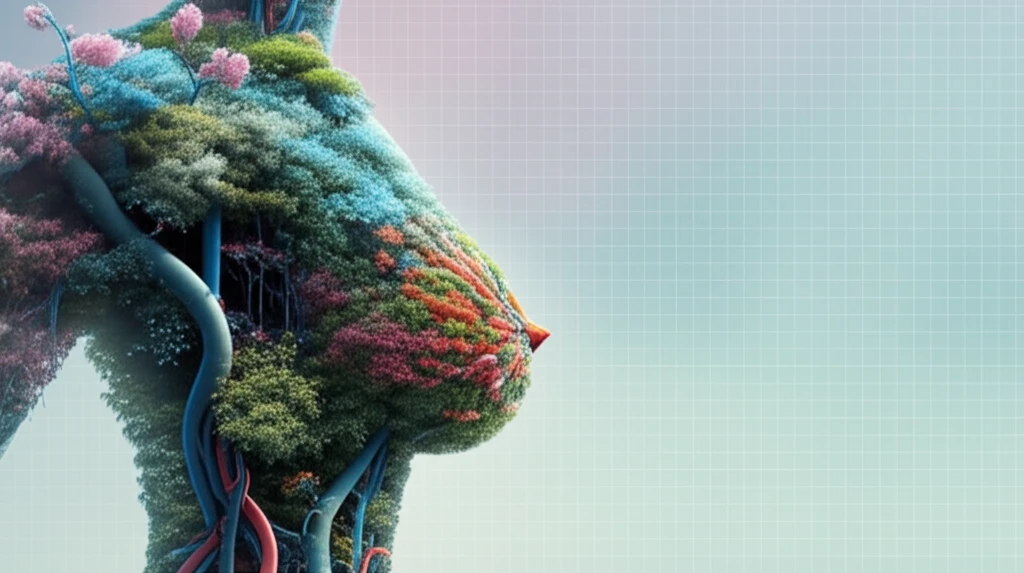
Fat Grafting After Breast Cancer: Balancing Hope and Recurrence Risk
"A closer look at the oncological safety of fat grafting in breast reconstruction, exploring recurrence rates and the importance of patient selection."
Breast cancer reconstruction aims to restore a woman's body image and quality of life after mastectomy or lumpectomy. Among the various techniques available, fat grafting has gained popularity for its ability to provide a natural-looking result and improve breast volume and contour.
Fat grafting, also known as lipofilling, involves harvesting fat from one area of the body (such as the abdomen or thighs) and injecting it into the breast. While the aesthetic benefits of fat grafting are well-documented, concerns have been raised about its potential impact on cancer recurrence. Some theories suggest that fat grafting might introduce protumorigenic factors or obscure the detection of new or recurring cancer through altered radiological imaging.
A recent study presented at the Annals of Oncology sheds light on the oncological outcomes of fat grafting in breast reconstruction. This article summarizes the key findings of the study, explores the potential risks and benefits of fat grafting, and provides guidance for patients considering this reconstructive option.
Key Findings: Recurrence Rates and Risk Factors

The study retrospectively analyzed data from 206 patients who underwent fat grafting for breast reconstruction after breast cancer. The researchers examined the cumulative incidence of relapse and explored the association between clinicopathological factors and recurrence rates. The median follow-up period was 38.9 months.
- Stage at Diagnosis: Patients diagnosed with Stage III breast cancer had a significantly higher recurrence rate (23%) compared to those with Stage I (11%) or Stage II (17%).
- Type of Surgery: Patients who underwent conservative surgery (lumpectomy) had a higher recurrence rate (25%) compared to those who had a mastectomy (15%).
- HR Status: Patients who were HR positive had a 16% recurrence.
Making Informed Decisions About Fat Grafting
The decision to undergo fat grafting for breast reconstruction is a personal one that should be made in consultation with a multidisciplinary team, including a breast surgeon, plastic surgeon, and oncologist. Patients should carefully weigh the potential benefits and risks of the procedure, taking into account their individual circumstances and risk factors.
